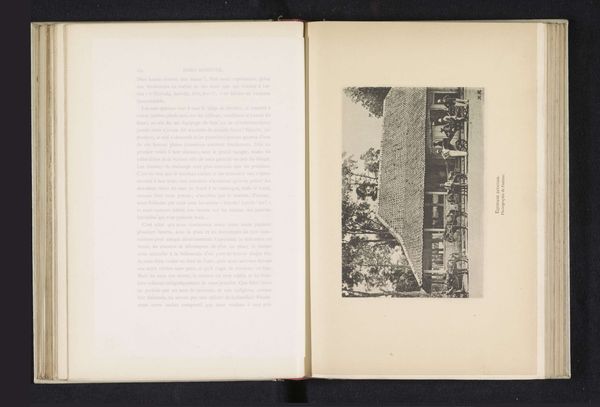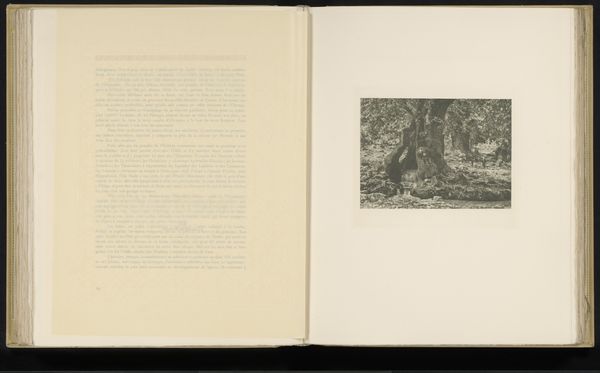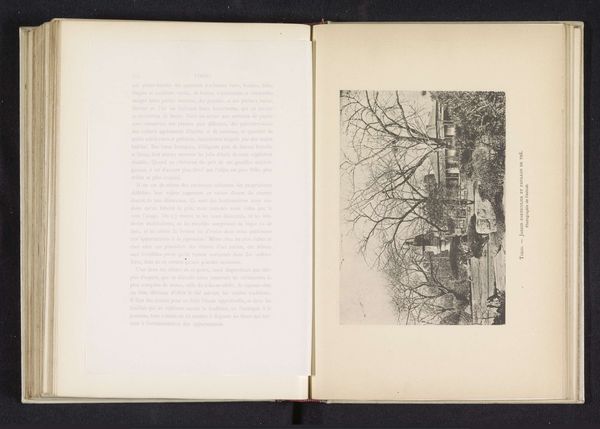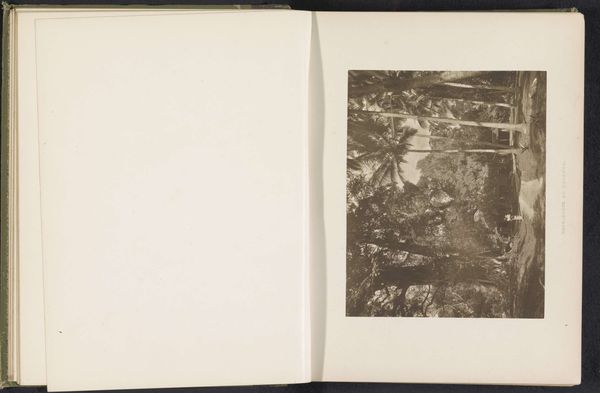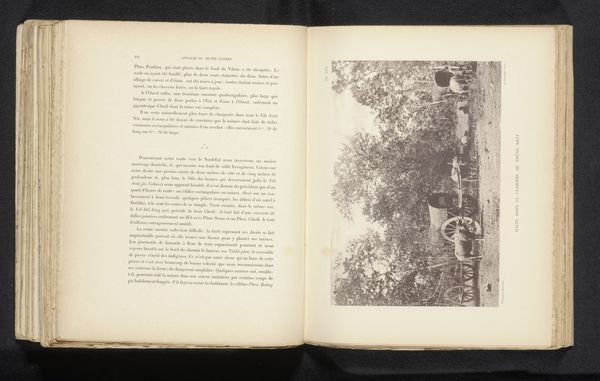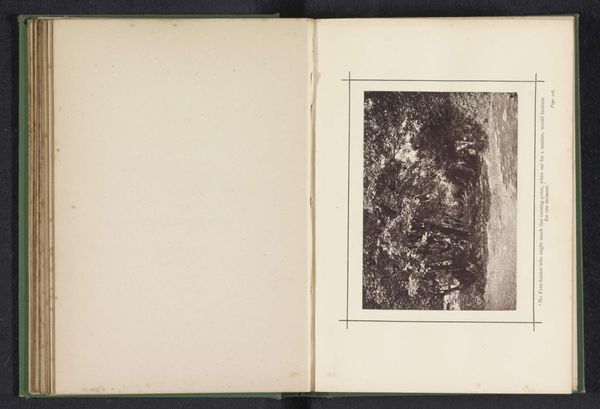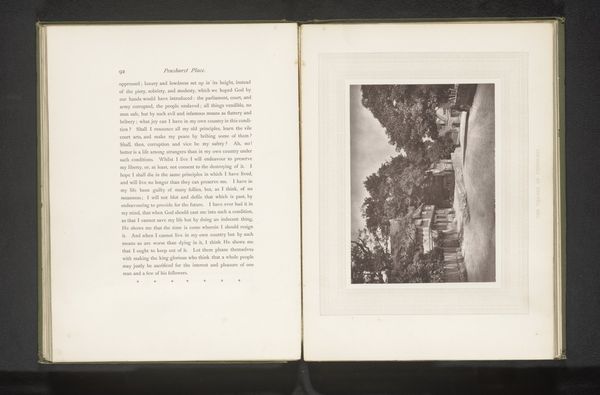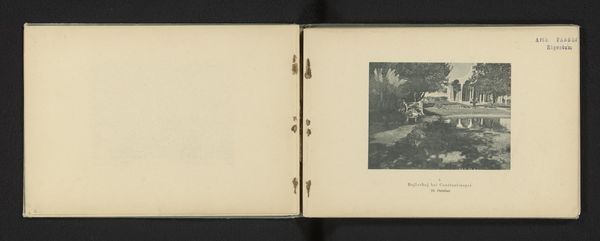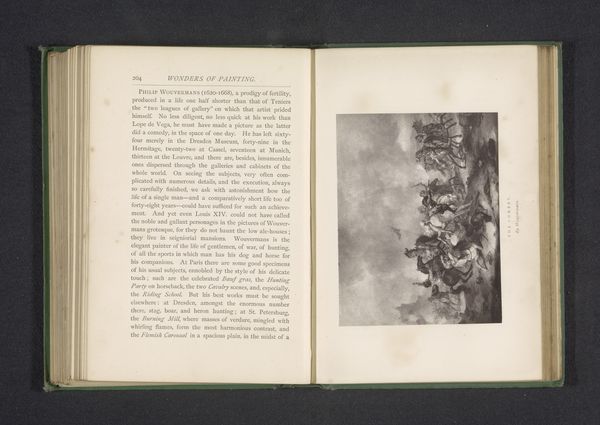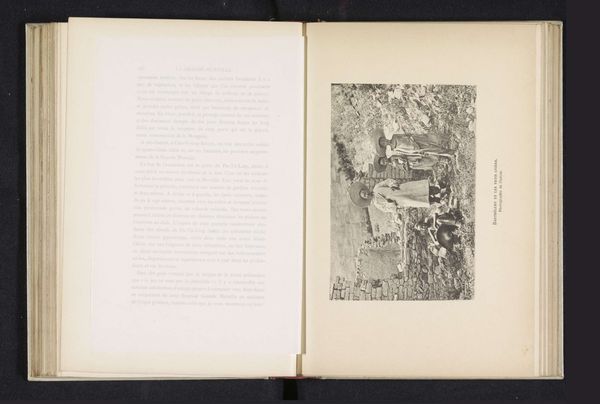
print, paper, photography, albumen-print
# print
#
landscape
#
paper
#
photography
#
albumen-print
Dimensions: height 122 mm, width 172 mm
Copyright: Rijks Museum: Open Domain
Curator: Let’s look at this photograph titled “Ruïne van een gebouw te Oud-Goa,” dating from before 1883. It's an albumen print by Hugues Krafft. What strikes you about it? Editor: It's hauntingly beautiful. The way the ruins are overgrown by what looks like jungle…there's a real sense of nature reclaiming what was once built. What narratives can we draw from this work? Curator: Precisely! It’s critical to contextualize this image within the legacy of colonialism. Old Goa, once a Portuguese colony, embodies a complex intersection of power, religion, and cultural exchange. Consider the ruins themselves: they’re not just decaying structures; they're evidence of a past order. Do you think Krafft's framing encourages a critical perspective, or something else? Editor: That's interesting. I initially saw the romantic appeal, the jungle winning out, but your perspective highlights a forgotten or suppressed colonial narrative, suggesting power dynamics. I suppose I was sidestepping this complexity. Curator: The very act of photographing these ruins by a European photographer during this era reinforces the gaze of the colonizer. We need to ask whose story is being told and whose is being left out of the frame. Editor: So, beyond the visual appeal, it prompts us to examine the historical weight embedded in these scenes. The seemingly peaceful ruin becomes charged with colonial history. Curator: Exactly. It becomes a catalyst for discussions about historical accountability, and it compels us to think critically about how we consume such imagery even today. Editor: I’ll definitely look at landscape photography with a different lens from now on. It’s a good reminder to dig beneath the surface and question whose perspective we are seeing. Curator: Indeed. Thinking intersectionally helps us recognize the many ways that power, history, and representation intertwine in art.
Comments
No comments
Be the first to comment and join the conversation on the ultimate creative platform.

